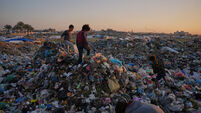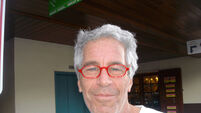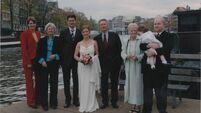Four ozone-depleting man-made gases identified
An estimated 74,000 tonnes of three chlorofluorocarbons (CFCs) and one hydrochlorofluorocarbon (HCFC) have been released into the atmosphere in recent decades, the research led by the University of East Anglia found.
All four gases started to enter the atmosphere in the 1960s, suggesting they are entirely man-made, and two are significantly increasing, the research revealed.














